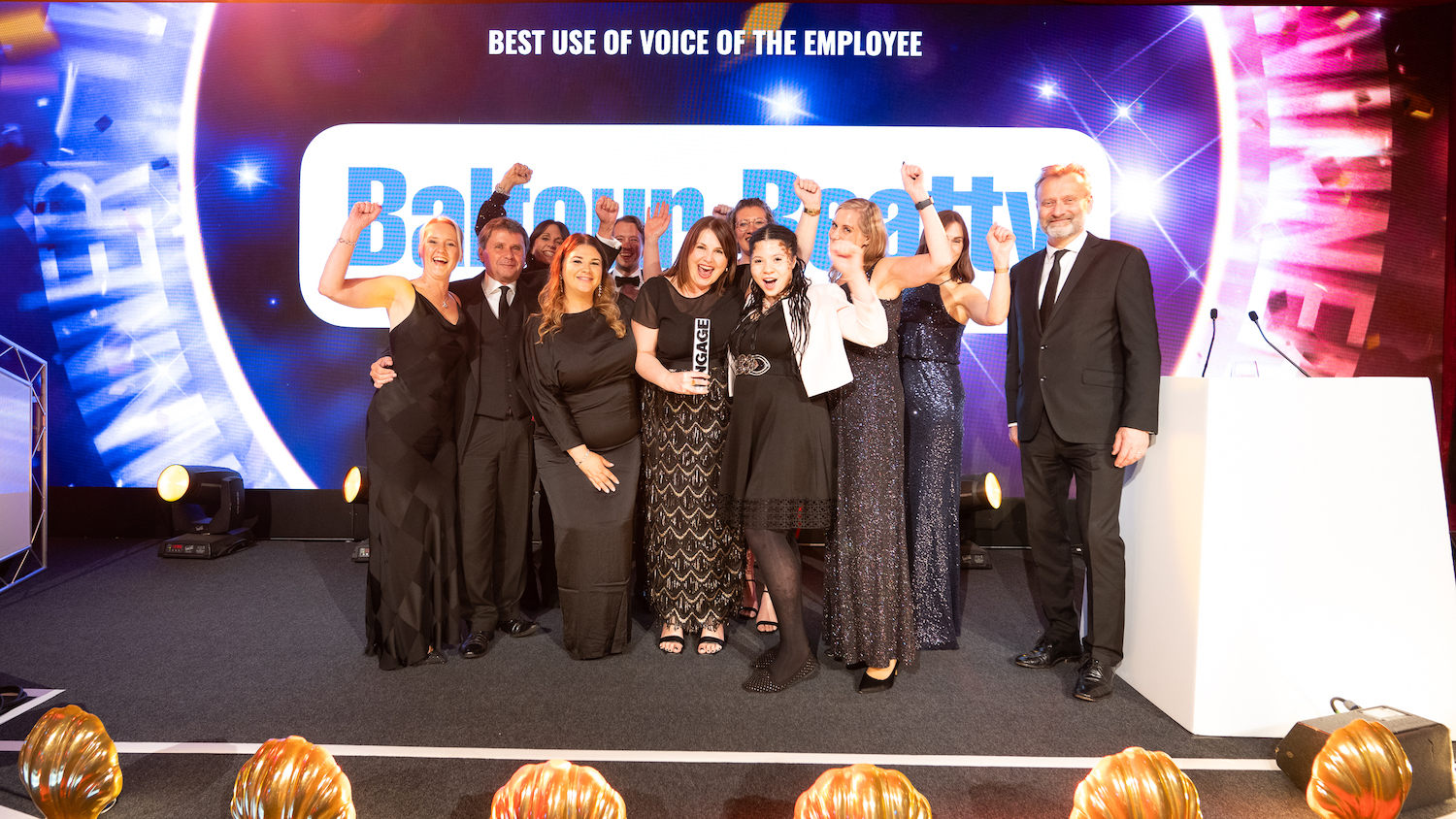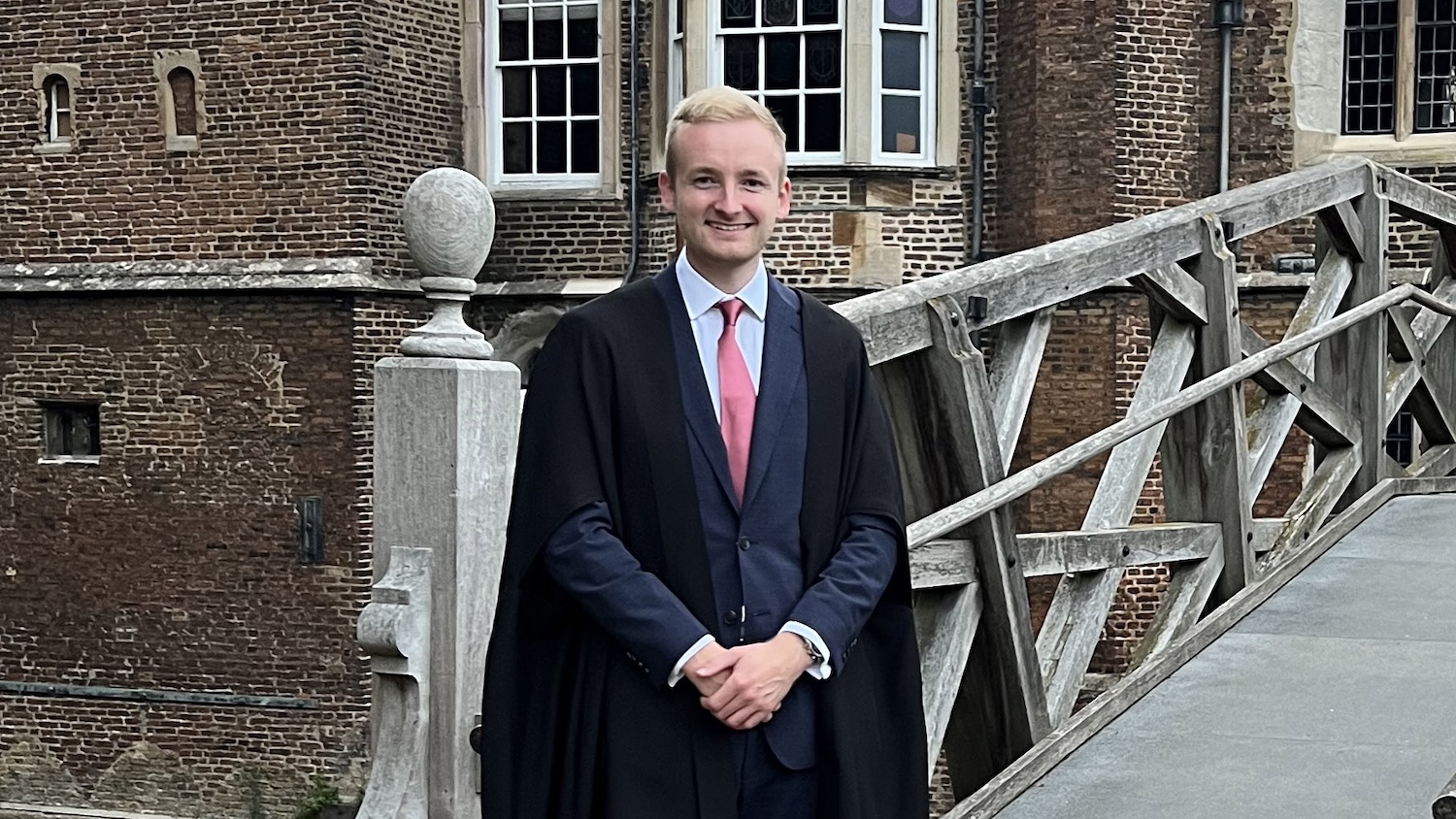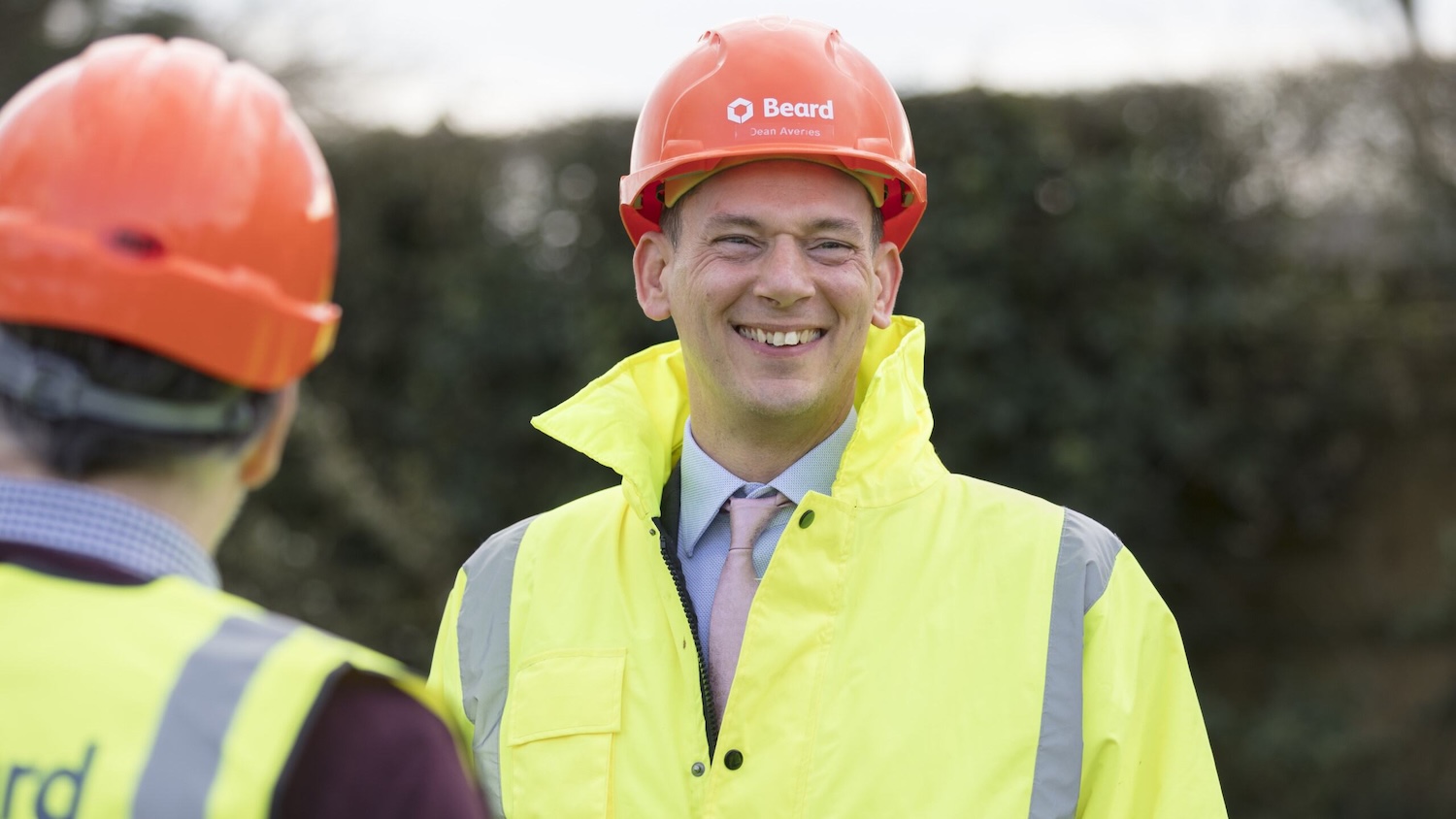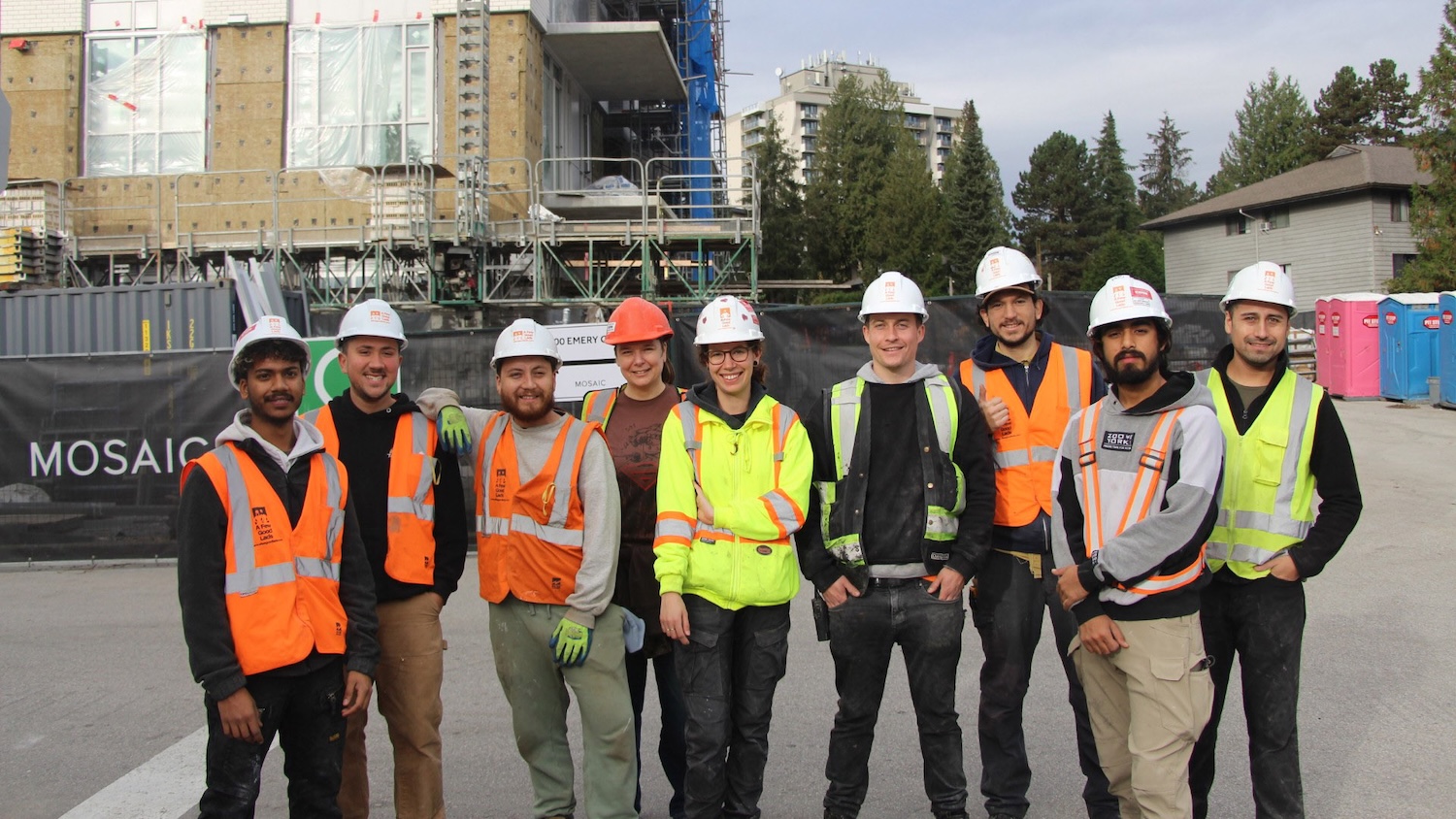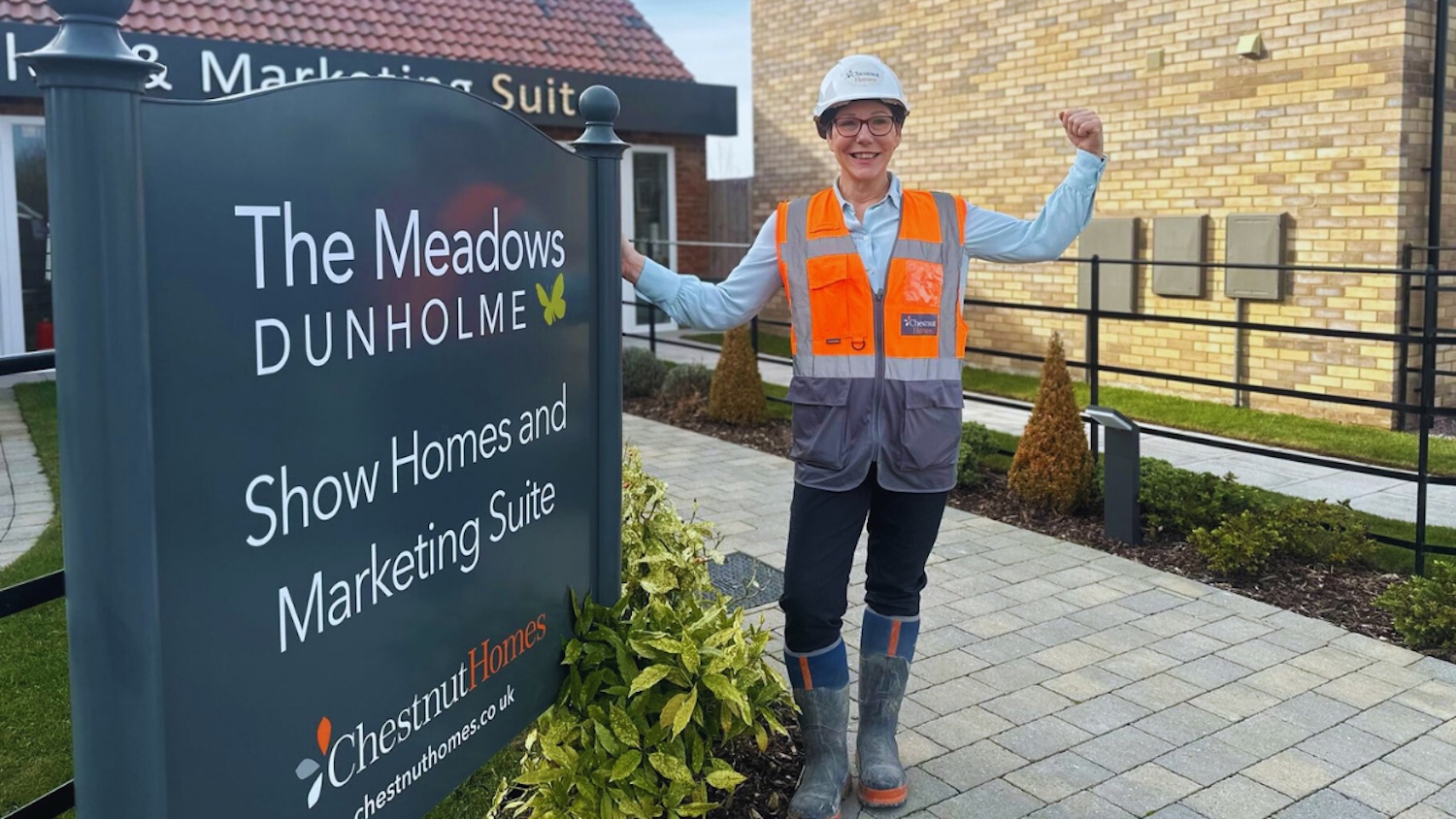
NAW 2025: McAlpine apprentices showcase construction careers
Three Sir Robert McAlpine apprentices discuss their experience of joining the industry and working on the new London Museum project at the historic Smithfield Market
Emelie Dillane, apprentice sustainability manager
What was your route into construction?
I found myself at a crossroads post-sixth form, considering either studying medicine at university or pursuing a career in sustainability.
I knew I wanted to play a part in limiting people’s impacts on the environment and the world around us, so started researching apprenticeships and environmental advisory roles.

Being a sustainability manager means interacting with every trade on site, so it’s important to have a good level of knowledge of all the packages being dealt with
That’s how I came across Sir Robert McAlpine’s degree apprenticeship on LinkedIn. It has allowed me to work as an apprentice sustainability manager as well as pursue a degree in environmental science at Kingston University.
I like that it gives me an opportunity to continue learning about the science behind our planet as well as the technical and practical aspects of how to apply those skills to the construction industry.
It’s also given me a unique view in that I get to apply the skills learned in the classroom to my day-to-day work.
What do you enjoy most about your role? What is the biggest challenge?
Going on site and seeing first-hand how the project is progressing day by day is always the best part of my day or week.
It never fails to help me find my passion and remind me why I’ve chosen this career. It makes me proud that I’m able to see how my role is contributing to the construction of the London Museum.
In terms of challenges, part of being a sustainability manager means interacting with every trade on site, so it’s important to have a good level of knowledge of all the packages being dealt with. This can prove difficult when you have to deal with all the different levels of data.
The biggest hurdle for me has been the knowledge gap between what the industry is asking for from projects and subcontractors – [particularly] in terms of environmental product declarations and an understanding of carbon requirements – [and] the speed that the industry is upskilling the operatives or staff.
What are your long-term career goals?
In the future, I would like to continue growing my skills as a sustainability professional as well as look into gaining more engineering knowledge, taking advantage of all the resources Sir Robert McAlpine has on offer.
Ultimately, I’d like to be at a stage where I can play a more active role in suggesting new and innovative sustainable building practices or designs on projects.
Liam Hatt, assistant quantity surveyor
Why did you decide to enter the profession?
My dad and grandad both worked in the industry, so you could say it runs in the family.
During my time at school and college, I was lucky to have the opportunity to carry out work experience with Sir Robert McAlpine.
In the week spent within the business, I was located on a project out in White City called Gateway Central – now used as L’Oréal’s head office.

The nature of the apprenticeship role means there is less flexibility with your time – but while the workload can be high, so is the pay-off
I got to learn about all the different roles within a construction management business, which appealed to me.
I was particularly drawn to roles that had an element of finance to them, which is why quantity surveying caught my eye.
What are your main responsibilities?
I have taken on a lot of responsibilities within this time, namely procuring, tendering, placing into contract, managing and conducting final accounting for various trade packages up to the value of around £5m.
I am proud of the fact that I am in the fourth year of my five-year degree apprenticeship, working on London Museum, and have already made progression to an assistant quantity surveyor.
What do you enjoy most about your role? What is the biggest challenge?
The biggest challenge I’ve faced as part of my apprenticeship experience is managing my time between work, university and my personal life.
The nature of the apprenticeship role means there is less flexibility with your time – but while the workload can be high, so is the pay-off.
Finding the right balance of each element will all come down to having a clear idea of your priorities and working from there.
Now I’m in my fourth year, it’s become easier to manage my obligations and I know what balance works best for me.
What are your long-term career goals?
My career goals are to graduate as a qualified quantity surveyor from the University of Westminster, where I’m currently pursuing a BSc in quantity surveying and commercial management.
I’d also like to achieve my chartership accreditation and ultimately become a commercial manager in the years to come.
Oliver Jones, engineering apprentice
What attracted you to construction?
Construction runs in my family. My grandad was a builder and my dad is a builder, so I always had it in my head that I was destined to go into construction.
I was always interested in maths and science at school, and a talk by Network Rail at a careers event at school inspired me to find out more about what engineering entailed.
Thankfully, I managed to secure some work experience on an HS2 site in west London in my teenage years. That solidified my interest in the industry and provided me with practical insights to better understand what it was like to work on a significant infrastructure project.

No day is ever the same as an apprentice engineer, with new challenges arising every day. In project management, there are always new problems to solve, but I feel like I thrive on the challenge
When I turned 18, I applied for a number of apprenticeships in engineering, before securing one at Sir Robert McAlpine.
Have you been asked to take on any significant responsibility at an early stage?
After having only been in the role for 10 months, I was tasked with managing an area at the London Museum known as the Citigen Plantroom.
This involved shelling out the room at the demolition stage and seeing it right through to decorations.
It allowed me to look at the different stages of construction phasing, including demolition, concrete work, steelwork, waterproofing, blockwork, screeding and drylining.
This work had to be completed within a six-week timeframe so that the site was ready for the mechanical, electrical, plumbing and heating trades.
I’ve now been given more responsibility and as part of my role I look after the façade restoration, the decorations packages, and the basement mezzanine level within the building known as the Poultry Market.
What do you enjoy most about your role? What is the biggest challenge?
No day is ever the same as an apprentice engineer, with new challenges arising every day. In project management, there are always new problems to solve, but I feel like I thrive on the challenge, which makes the role really enjoyable.
The biggest challenge facing an apprentice engineer is managing a job alongside completing a degree and having a social life. I try to prioritise my tasks and manage time effectively to overcome this.
Tell us about your plans for the future.
I am currently a second-year apprentice, within a five-year degree apprenticeship. I would like to finish my degree within the next two to four years, then look to become a fully chartered civil engineer three to four years after that.
I can see the line of progression very clearly at McAlpine, so within the next 10 years I would like to be pushing towards becoming a chief engineer – and then one day CEO!
